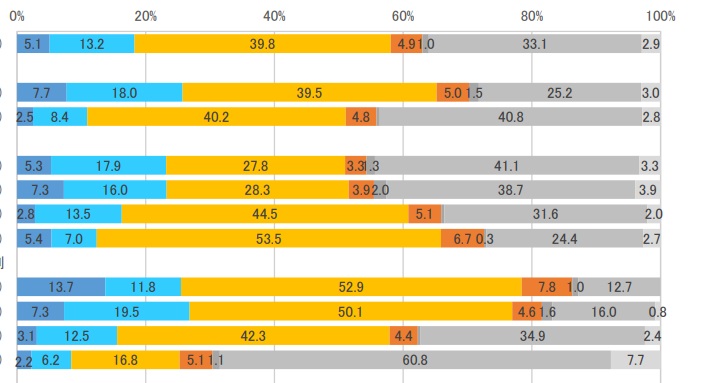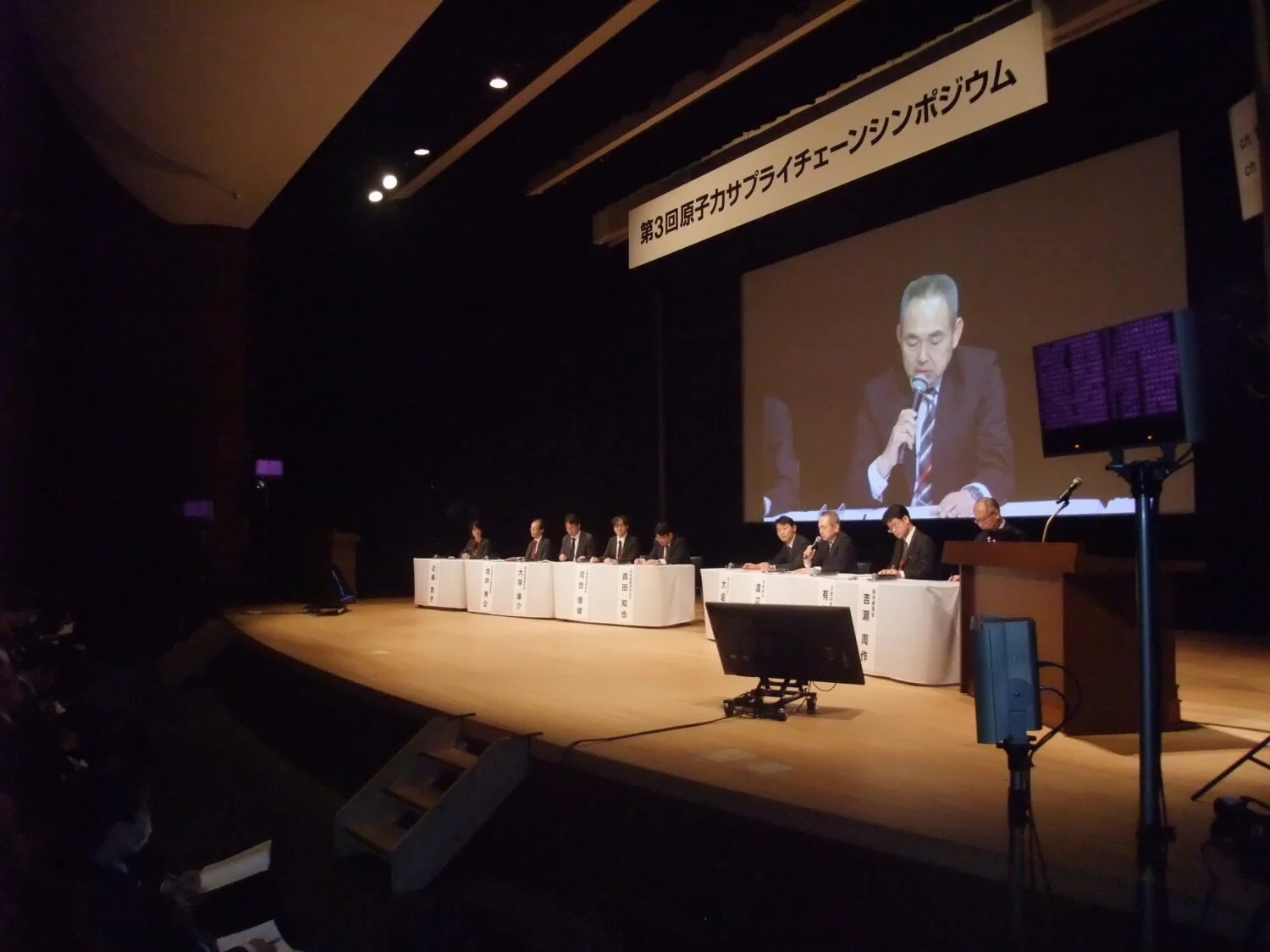His comments were as follows:
- Point One:
In the latest Strategic Energy Plan it is stated that “all options will be pursued to realize carbon neutrality by 2050, while striving to maintain global competitiveness and restrain the national burden, by securing a stable and cost-efficient energy supply,” and that the “necessary amount of nuclear power will be continuously utilized.”Nuclear power, a low-carbon power source using technology already established, will have to be utilized to the maximum extent, without efforts to reduce dependency on it. In that respect, a substantial policy should be demonstrated to “continuously utilize the necessary amount of nuclear power.”
- Point Two:
In order to “continuously utilize” nuclear energy to 2050, new and replacement reactors will be essential.
For that, it is required not only to restart nuclear power plant (NPP) operation as soon as possible, but also to gain clear future prospects for new and replacement reactors, in order to maintain and ensure infrastructure for human resources, technology and industry—all of which are fundamental conditions.The Plan also states that R&D will be promoted on innovative technologies, including fast reactors, small modular reactors (SMRs) and high-temperature gas-cooled reactors. That, of course, is important. In terms of practical prospects for new and replacement reactors, however, conventional large reactors with enhanced safety—using established technology—should be included among the options, taking necessary lead times into consideration.
- Point Three:
The Plan includes efforts to establish a stable nuclear business environment.
Amidst the deregulation of the Japanese power retail market, the business environment for nuclear power—which, while requiring huge initial investments. can make a major contribution toward decarbonization—should be enhanced, so that nuclear operators can enjoy “foreseeability” in their nuclear businesses.





-1.png)






